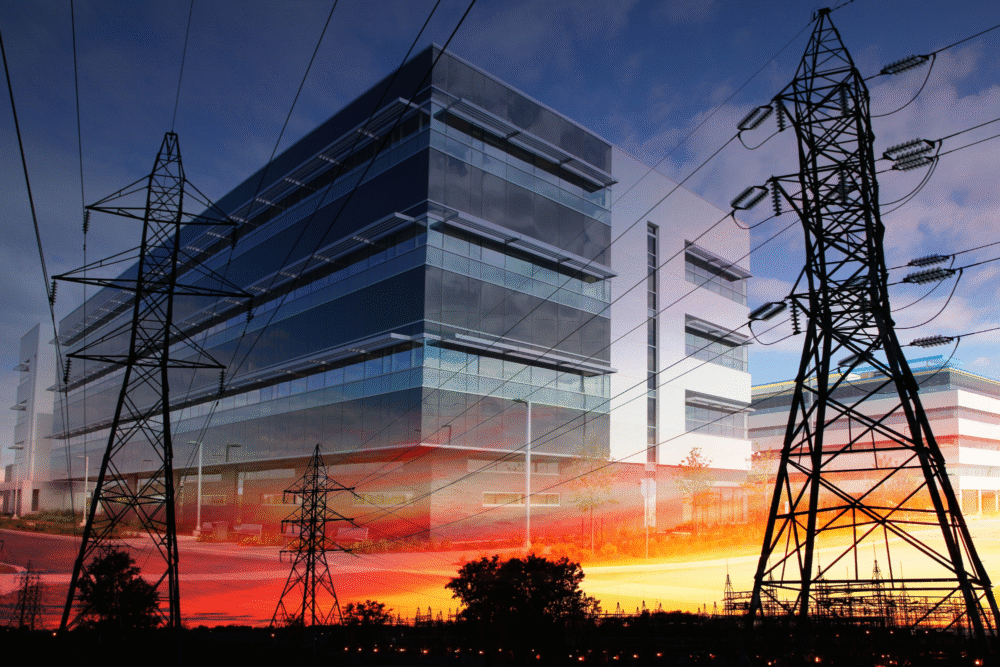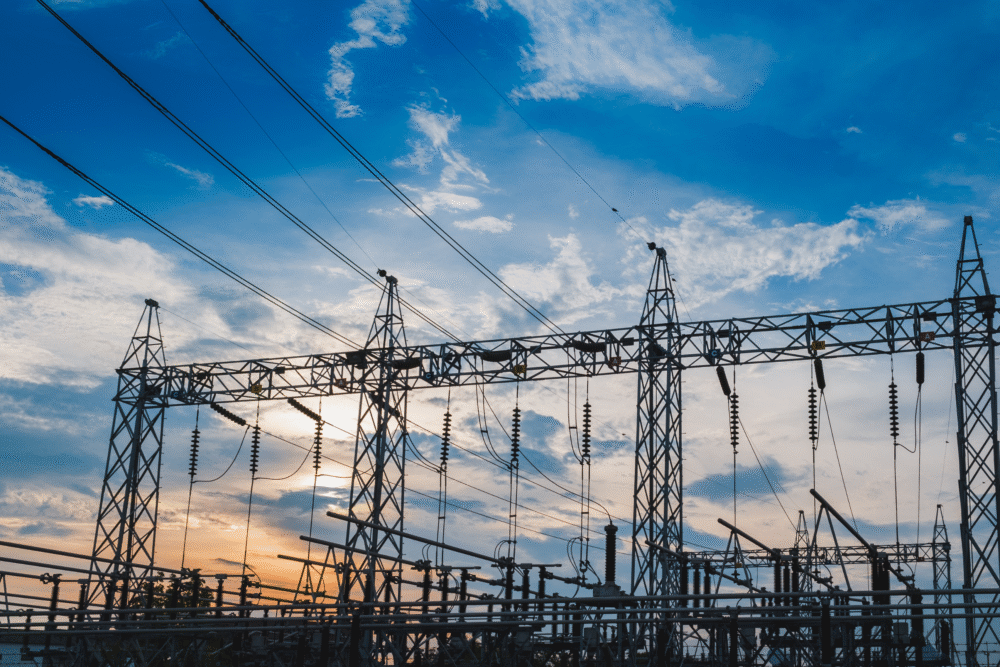Several states experience rising electricity expenses as AI data centers boost energy demand rapidly.

AI data centers consume vast amounts of electricity, causing energy costs to surge in certain states. This increase stresses power grids and demands upgrades to infrastructure, impacting local economies and budgeting. States with growing AI hubs face unique challenges balancing technology growth with sustainable energy policies and investments. Understanding these dynamics clarifies how AI data centers influence energy consumption and economic conditions nationwide.
1. California leads with numerous AI data centers driving up electricity demand.

California houses a significant number of AI data centers, leading to a surge in electricity demand. These facilities operate continuously to support technology growth, impacting the state’s power grid. The sheer volume of data processed requires substantial energy, leading to increased costs.
This rising electricity demand affects local communities economically. The influx of data centers necessitates infrastructure upgrades, which can strain budgets. California’s push for renewable energy sources also plays a role, potentially alleviating some of the cost pressures over the long-term.
2. Texas experiences rising energy costs due to its expanding tech infrastructure.

Texas experiences increasing energy costs driven by its expanding tech infrastructure, including AI data centers. These centers require high amounts of electricity to keep systems cool and operational, placing a heavier load on the state’s power grid.
As a result, Texas focuses on balancing tech growth with sustainable practices. Investments in renewable energy, such as wind power, offer potential relief. This dual focus ensures the state’s infrastructure can support ongoing technological advancements without excessively burdening the economy.
3. Virginia hosts many data centers contributing to increased power consumption.

Virginia is home to numerous data centers, significantly contributing to increased power consumption. The state’s strategic location and available infrastructure attract these facilities, fueling economic growth while exerting pressure on electricity supply.
These energy demands necessitate improvements in power generation and distribution networks. Integrating more renewable sources can support Virginia’s technological growth sustainably. The state’s economy benefits from tech-driven opportunities, but managing energy demands effectively remains crucial for longstanding development.
4. Oregon sees growing electricity prices linked to AI facility operations.

Oregon experiences climbing electricity prices associated with AI facility operations. The state’s cool climate and access to renewable energy sources attract these energy-intensive centers, yet they also elevate power demands significantly.
The increasing costs highlight the need for effective energy policy and infrastructure planning. Leveraging Oregon’s renewable energy capabilities could counterbalance demand spikes. Long-term benefits stem from enhanced infrastructure, provided economic strategies accommodate both tech expansion and community welfare.
5. New York faces surging energy expenses from dense data center clusters.

New York faces rising energy expenses driven by dense clusters of data centers. These facilities contribute to surges in electricity demand needed to maintain constant operations, contributing to higher costs within the state.
The economic impact extends to local communities, necessitating discussions around energy policy that encourage technology growth while minimizing costs. New York’s investment in diverse energy solutions may alleviate pressure on its power grid and support future tech developments sustainably.
6. Georgia manages higher energy rates influenced by its data processing hubs.

Georgia manages heightened energy rates influenced by bustling data processing hubs. The demand for constant electricity to power AI data centers places stress on the state’s utility infrastructure, leading to increased energy expenditure.
Georgia’s economic landscape must consider infrastructure investments to handle growth sustainably. Exploring renewable energy sources might offer pathways to ease the long-term financial burden. Successful management of these costs supports technological innovation and benefits local economies.
7. Washington state endures increased power costs as tech growth accelerates.

Washington state is experiencing increased power costs as tech growth accelerates, fueled by AI data center operations. The simultaneous rise in demand for technology services and energy consumption poses challenges for existing infrastructure.
Efforts to integrate more renewable energy can offer a solution, potentially reducing long-term costs and aligning with environmental goals. As technology continues to develop, Washington’s economy remains intertwined with the efficient management of its power resources and tech industries.
8. Illinois confronts rising electricity bills amid expanding AI server farms.

Illinois confronts growing electricity bills amid the expansion of AI server farms. The state’s wide network of data centers drives energy consumption upward, resulting in rising operational costs for maintaining power supplies.
Balancing economic benefits with the ecological impact of high energy consumption presents challenges. Illinois considers renewable energy initiatives to mitigate costs, ensuring technological expansion aligns with sustainable practices and long-term economic stability.
9. New Jersey deals with elevated energy costs driven by AI data centers.

New Jersey deals with elevated energy costs due to substantial AI data centers spread across the state. The demand for continuous energy to power these facilities stresses the grid, leading to increased electricity expenses.
Aligning energy policy with technology growth can help manage these costs effectively. By exploring alternative energy resources, New Jersey not only addresses current economic pressures but also enhances sustainability. The state’s approach determines its future economic resilience in the face of tech-driven demands.
